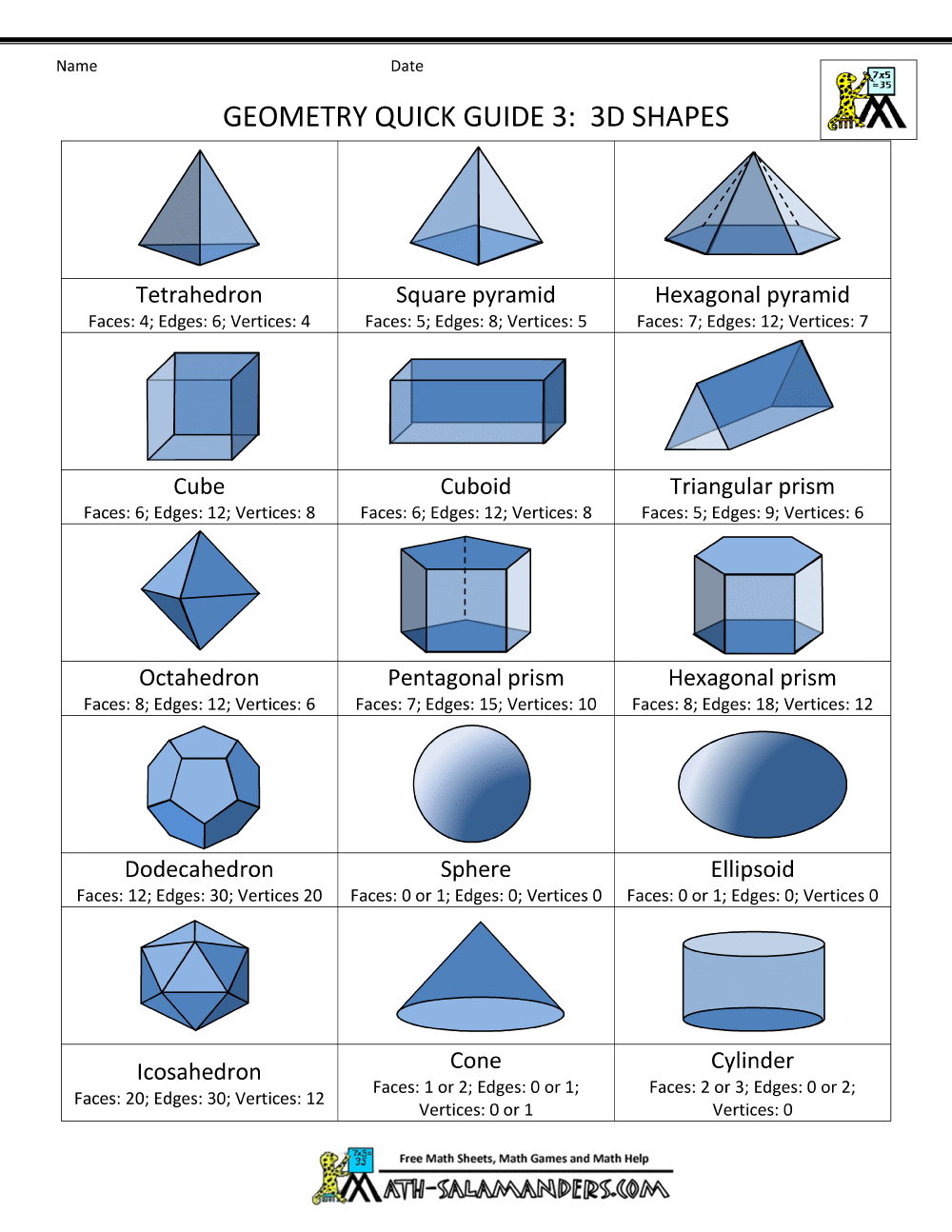

One can distinguish among these different definitions according to whether they describe the polyhedron as a solid, whether they describe it as a surface, or whether they describe it more abstractly based on its incidence geometry. Nevertheless, there is general agreement that a polyhedron is a solid or surface that can be described by its vertices (corner points), edges (line segments connecting certain pairs of vertices),įaces (two-dimensional polygons), and that it sometimes can be said to have a particular three-dimensional interior volume. the writers failed to define what are the polyhedra". "The Original Sin in the theory of polyhedra goes back to Euclid, and through Kepler, Poinsot, Cauchy and many others. Shapes that are often not considered as valid polyhedra (such as solids whose boundaries are not manifolds).

Some of these definitions exclude shapes that have often been counted as polyhedra (such as the self-crossing polyhedra) or include Many definitions of "polyhedron" have been given within particular contexts, some more rigorous than others, and there is not universal agreement over which of these to choose. However, the formal mathematical definition of polyhedra that are not required to be convex has been problematic. Definition A skeletal polyhedron (specifically, a rhombicuboctahedron) drawn by Leonardo da Vinci to illustrate a book by Luca PacioliĬonvex polyhedra are well-defined, with several equivalent standard definitions.


 0 kommentar(er)
0 kommentar(er)
